Understanding SCORM – The eLearning standards
SCORM, an acronym for Shareable Content Object Reference Model, is a collection of eLearning standards. It was first developed by the United States’ Department of Defense to ensure content was able to be shared across different organizations without the need for reconfiguration or recoding.
There are many benefits to SCORM. The ADL highlights these four functional requirements:In 1998, building upon this model, the Advanced Distributed Learning (ADL) Initiative was enacted to modernize training and education across multiple industries.
- Accessibility: The ability to locate and access instructional components from multiple locations and deliver them to other locations.
- Interoperability: The adaptability to take instructional components developed in one system and use them in another system.
- Durability: The reliability to withstand technology evolution and/or changes without costly redesign, reconfiguration, or recoding
- Reusability: The flexibility to incorporate instructional components in multiple applications and contexts.
In layman terms, SCORM allows you to:
- Share and use previously developed courses ie. Off the Shelf Courses.
- Move content packaged for delivery in one SCORM-compliant LMS seamlessly into a second SCORM-compliant LMS.
- Upgrade systems without having an impact on the delivery of content to learners.
- Take content designed for one organization and redeploy, rearrange, or repurpose for delivery to another with similar learning needs.
What Is the Difference Between SCORM 1.2, SCORM 2004 and Tin Can (xAPI)?
The main difference between the three is how they report back to your LMS.
SCORM 1.2, reports in a linear fashion. It will report if a quiz has been completed, if the learner passed or failed, as well as the grade. SCORM 1.2 is by far the most highly used, supported, and stable out in the industry.
SCORM 2004 allows for adaptive sequencing and is able to report on test results, track time and bookmark the learner’s last location, among other characteristics. SCORM 2004, however, is not as supported as SCORM 1.2 and is therefore not nearly as stable.
Tin Can, also known as xAPI is referred to as the “Next Generation SCORM” and is just getting a foothold in the industry. It makes it possible to collect data on a wide range of learner experiences, both online and offline. Tin Can is also the future for mobile learning, virtual worlds, and social learning. Being somewhat of a new technology, however, Tin Can can still be somewhat unstable and full functionality is not yet supported in many LMSs.
Is Omniplex SCORM Compliant?
Of course! You can rest assured Omniplex offers top eLearning products that are all SCORM compliant, from our authoring tools to our Learning Management Systems.







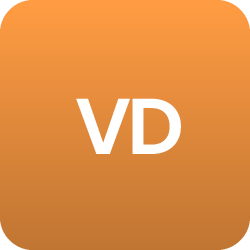


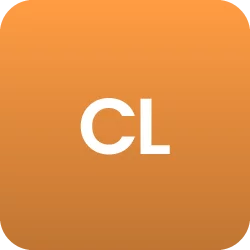
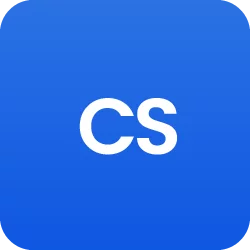
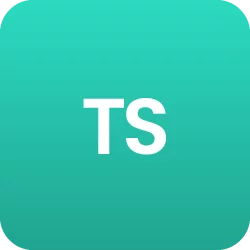
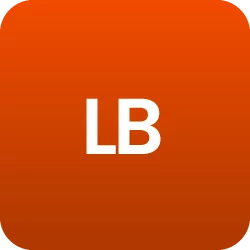
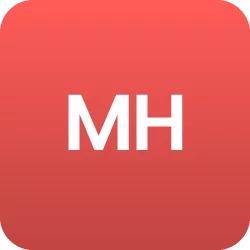
 BACK
BACK
